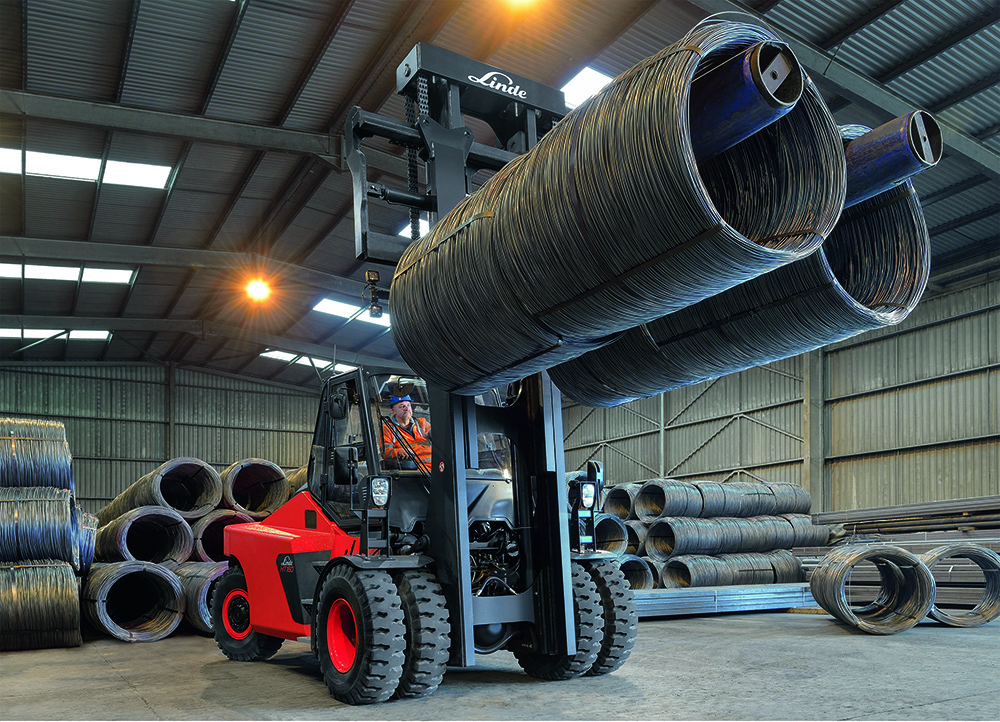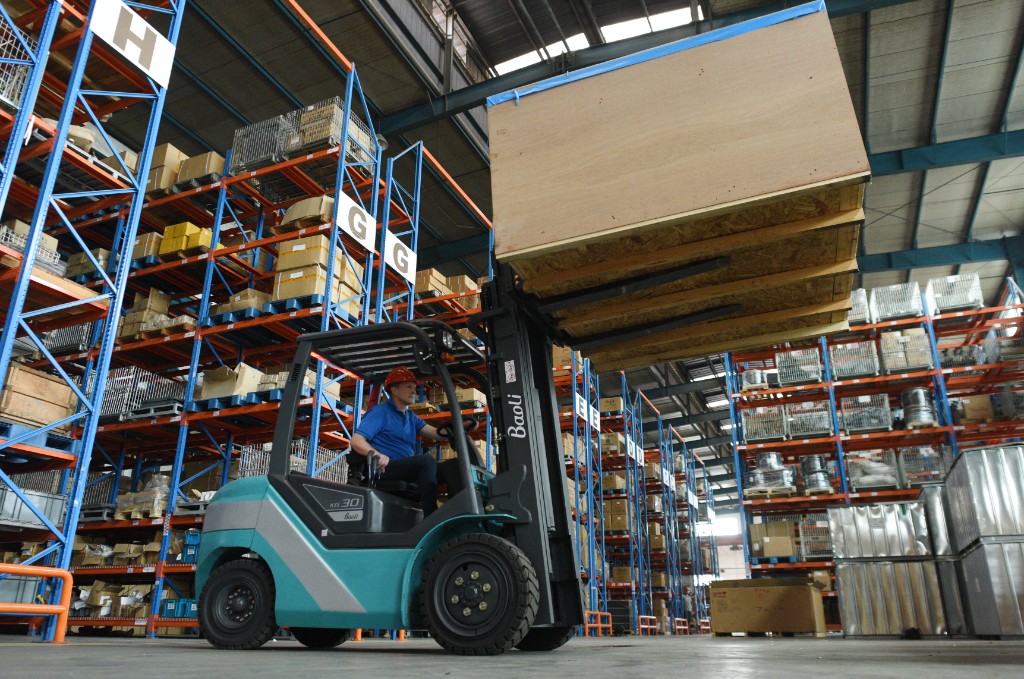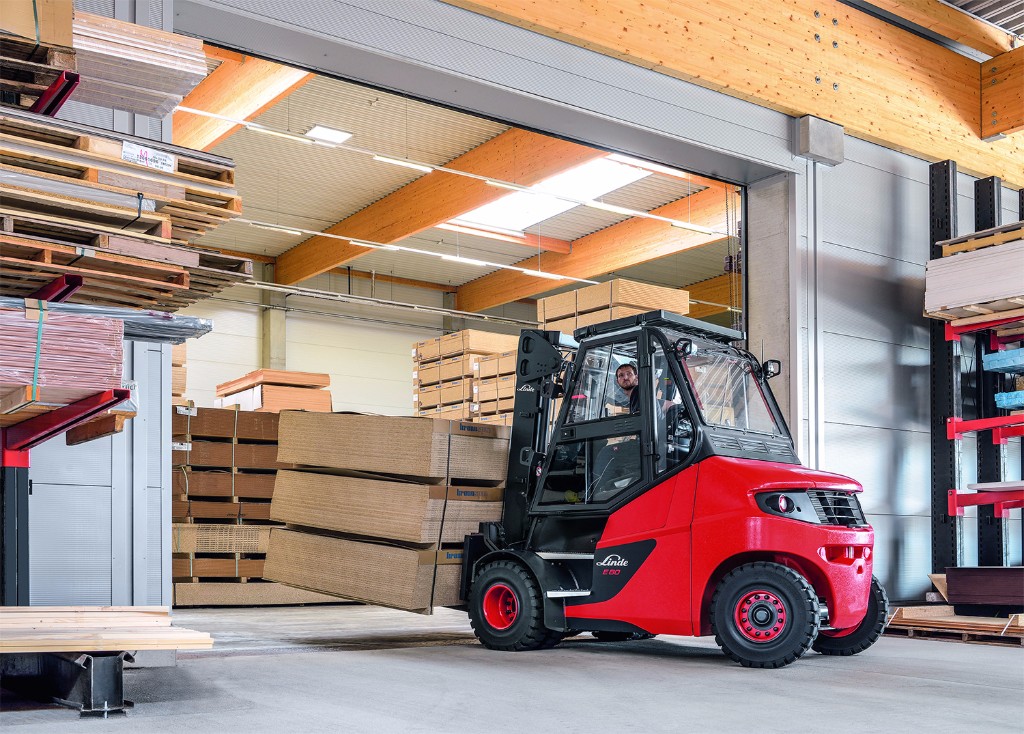There’s a lot that goes into finding the right forklift for your operation. From sit-down versus stand-up lifts to electric versus hydrogen powered, there are many factors that go into choosing the right forklift. But one important factor for buyers or renters to consider when choosing a forklift is the lift’s mast.
The mast, also referred to as the upright, is the part of the forklift that lifts the load. The mast consists of an elevation mechanism and the fork. Like the various types of forklifts, different masts have their advantages and work better in certain environments.
The following are the four common types of forklift masts:
Single Stage Mast
A single mast has only one lifting channel and a limited lifting height. The mast channel and forks move simultaneously, which accounts for the single stage’s limited lifting height. These masts are best for lower lift heights and basic tasks like lifting a load onto the back of a truck.
Two Stage Mast
More common than the single stage mast is the two stage mast. Like the single stage, a standard two stage mast can also be used for lower lift heights. A duplex mast, however, has free lift available. Free lift means the mast and forks move separately.
A duplex mast has two lift sections, which allow for free lift. The load rises alone to the top of the mast using the free lift cylinder, then the second lift section continues to lift the load. Free lift allows the load to reach higher than the single stage mast.
Three Stage Mast
The three stage mast is the most versatile and has become the most common type of forklift mast. Very similar to a duplex mast, this mast contains three lift sections to reach its maximum height.
With three lift sections, this mast can extend loads further and reach greater distances. The three stage mast works well in facilities that require higher lift heights for stacking, and is great for general warehouse use.
Quad Mast
Continuing the trend of the two stage and three stage masts, the quad mast has four lift sections, allowing even further extension. These masts are used for very high stacking in specialized industries. Operating a quad mast typically involves advanced training for operators.
In addition to the type of mast, there are other considerations that go into choosing the right mast for your forklift. For example, consider the mast’s lowered height for storage purposes and maneuverability in your facility.
If you have any questions regarding the different types of forklift masts and their purposes, contact the KION North America dealer nearest you. We can help you find the right forklift and mast for your operation.



